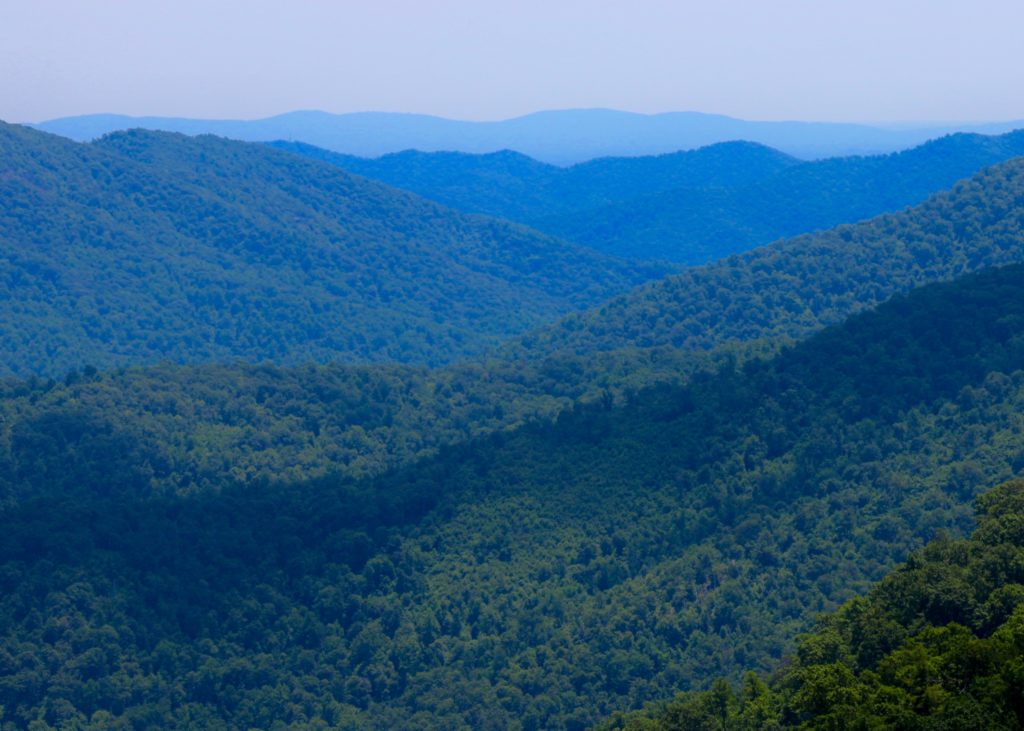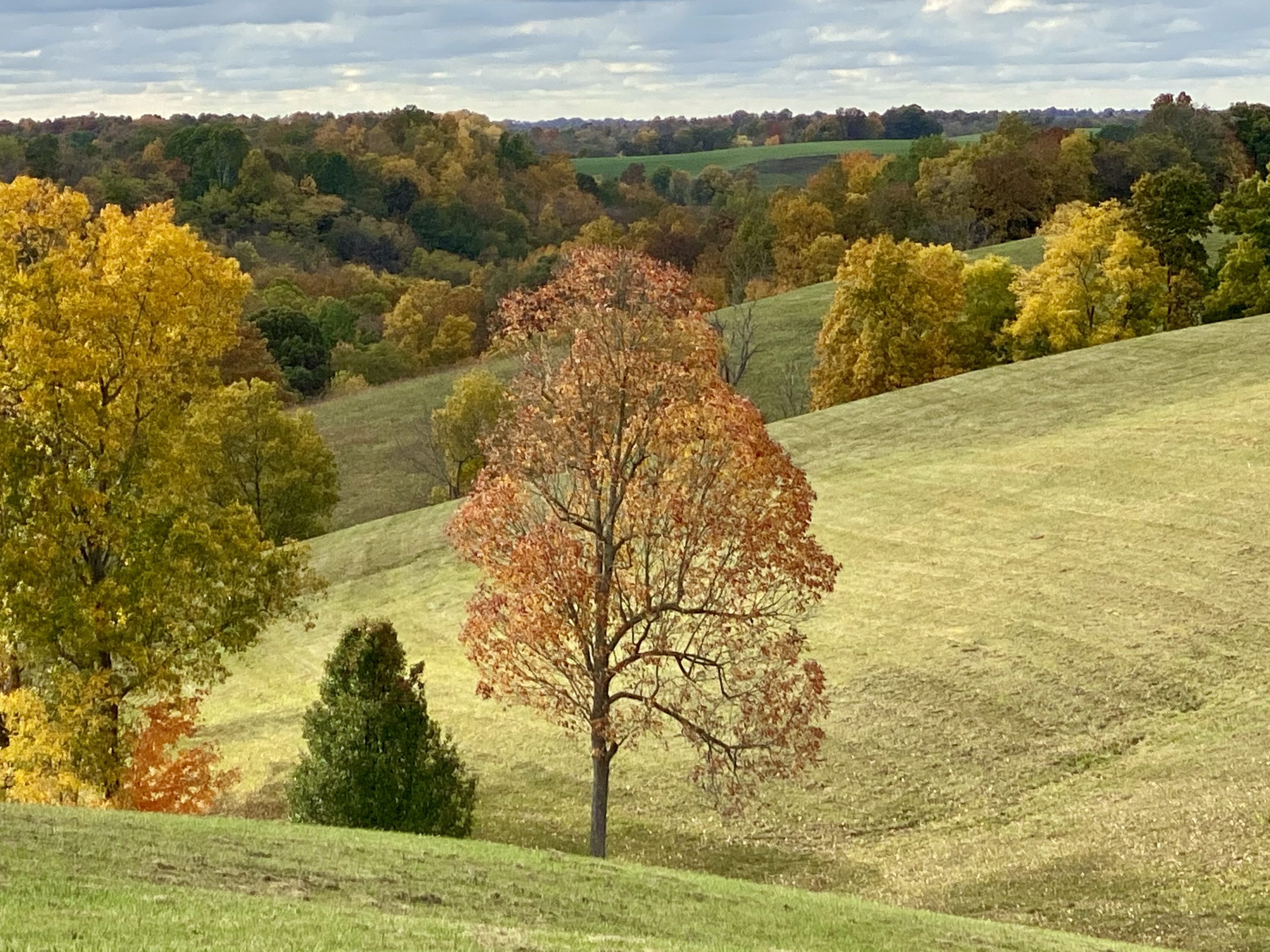The difficulty in writing about Pat Timm has to do with where to start. She has done so many things and been involved in so many projects crucial to greater Cincinnati, it is nearly impossible to single out one thing. I will get to some specifics below, but we can begin by saying the Pat Timm has been deeply involved, either directly or indirectly, in advocacy work for urban Appalachians for decades. Beginning with the Urban Appalachian Council and making the transition to the Urban Appalachian Community Coalition, Pat Timm has been a leader in civic engagement for decades.
Pat Timm grew up in what she describes as a housing project in the East End near Anderson Park. “My Mom and Dad found the house after world War II. It was near Columbia and Delta,” she remembers. This proximity to the East End put Pat in contact with the burgeoning urban Appalachian community in Cincinnati. But, she told, me, “It wasn’t something I thought about. These were simply my friends at Lincoln School.” Like so many of us who either grew up in Appalachia or were immersed in urban Appalachian culture, these things were simple givens of life. It is later that we reflect on them as formative experiences.
After obtaining her master’s degree in Guidance and Counseling from Ohio University, Pat Timm relocated to Chicago and began a career and a family. It was through her work with the YWCA and the YMCA that she became the Human Relations Chair for the National Student Movement. “I learned that I liked big policy stuff more than counseling.” This was critical because it set a path that would continue for many years. Working with the College and University Division of YWCA Pat Tim occupied several important roles. As President of the Lakeview Citizens Council, Pat Timm began working with the Democratic Party to advocate for independent politics and community organization. This grassroots and community activism helped shape education policy and lay the groundwork for her activities in Cincinnati.
After her return to Cincinnati in 1979, Pat Timm found her next project. She told me that at that time “Cincinnati Public Schools closed due to lack of funding. The state mandated that public schools could not operate in the red.” Schools closed for about three weeks in December of that year. “I founded an organization called Cincinnatians Active to Support Education. This was led by neighborhood activists,” said Pat. Under Pat Timm’s leadership, this group managed to pass the first successful school levy in 12 years. This work brought her more leadership roles.
Community leadership roles continued through the 1980s. Pat Timm continued to help pass school levies through several professional and volunteer roles. Then, in 1987, while searching the reading lists at the University of Cincinnati bookstore, Pat Timm happened upon books on urban Appalachian studies. Pat said, “I enrolled in the Appalachian Studies program. I designed a doctoral dissertation that examined the educational experiences of Appalachian girls.” In the course of this work Pat Timm started changing the language of school experience: “I wrote about ‘early school leaving’ instead of dropping out. People were not dropping out. They were forced to leave school for all kinds of real reasons, and the language we use to talk about this has everything to do with how we treat these issues.”
From 1988 to 2015 Pat Timm was involved in so many things it is difficult to keep them straight. Through a series of three-year positions, Pat Timm helped set county-wide environmental priorities, directed zoning issues throughout Hamilton County, and, through her work with Ohio River Way, helped give us things like Paddle Fest. One might imagine that after a track record like this that Pat Timm would be kicking back on the porch by now. That is far from the case.
Pat Timm has followed her creative impulses into photography. Specifically, landscape photography much of which is focused on Central Kentucky. Beginning in 2010 with simple photos of family, Pat stumbled onto a lucky break: “We went to the 1100th episode of the Ellen DeGeneres Show and they passed out $500 Amex gift cards,” Pat explained. She decided she was not going to use this to pay bills and spent it on editing and developing software. With that, as Pat told me, “I decided to take my photography to a new level.”

Pat Timm first showed her landscape photography in Kentucky, naturally enough. Pat remembers how this came about: “A friend took me to meet the folks at the Augusta Art Guild, and they gave me a show.” From this, things began to snowball. Another friend, a writer at City Beat, wrote an article on the Augusta show, bringing it to the attention of a wider audience. Things just continued to grow from there. Pat told me, “I’ve had seven or nine shows since then, three at the Art Guild.” She has shown her work a several places around greater Cincinnati. One local church bought 12 of her photographs.
Pat Timm has made this a family project. Her sisters are in the arts, and Pat regularly gets together with her sister who paints watercolors. Together they document the landscapes of Kentucky. From community organizer to landscape photographer, one would be hard-pressed to find another person who has accomplished as much as Pat Timm. Her work in advancing education in Cincinnati has worked to further many of key goals of the Urban Appalachian Community Coalition by working to fund education and helping people gain the opportunities an education provides. Getting pulled into Appalachian culture both personally and intellectually, Pat Timm advocated for urban Appalachians and people all over greater Cincinnati. As a photographer, Pat Timm remains invested to Appalachian culture by documenting and showing us the natural beauty that is the foundation from which all else is grounded.
Mike Templeton is a writer, independent scholar, barista, cook, guitar player, and accidental jack-of-all-trades. Check out his profile in UACC’s new Cultural Directory. He lives in downtown Cincinnati with his wife who is a talented photographer. They spend their free time walking around the city snapping photos. She looks up at that the grandeur of the city, while Mike always seems to be staring at the ground.

